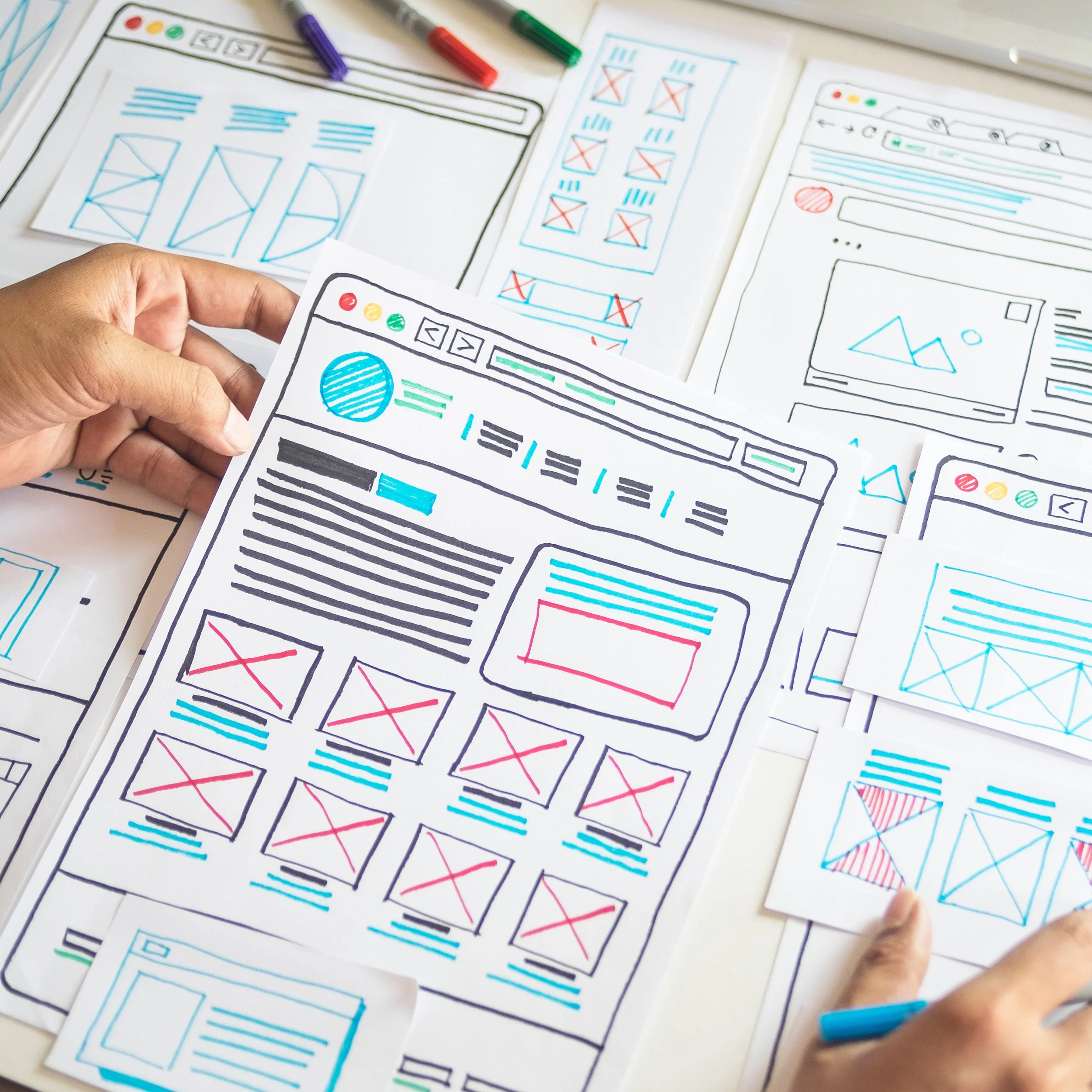3 Tips to Simplify Website Maintenance
Your design choices determine how much effort it will take to maintain your website in the future.
During the web design process, website maintenance is often overlooked in favor of more creative topics like color choices, logos, photos, search engine optimization, and animations. This oversight can lead to over-customized websites with many unnecessary features that are costly to maintain.
Generally, the more features a website has, the more maintenance it requires. Highly creative designs often result in overly complex sites with costly maintenance requirements.
To simplify website maintenance, you have to focus on reducing the site's complexity, ideally during the design phase.
While reworking a live website later on is possible, it will be significantly more expensive and disruptive.
The best approach is to carefully evaluate each design decision during the web design process, considering the required maintenance effort.
Tip 1: Use Standard Functionality
Websites containing custom programming code to alter and enhance the standard functionality of a template are more challenging to maintain than websites without modifications.
For example, let's say your web designer changed your website template to achieve a specific appearance or functionality. After your website is live, your web hosting provider releases an updated version of your template to fix a security issue and recommends that you apply the update. However, applying the update immediately would overwrite your web designer's modifications. On the other hand, delaying the update could leave your website vulnerable to hackers or malware. Therefore, your web designer would need to re-implement the original code changes after applying the new template version and thoroughly test everything. This process can be costly, especially if new template versions are released frequently, and your web designer has to re-implement the changes each time.
Fortunately, owners of websites that only use standard functionality don't need to worry about all this; they can immediately apply a new template version and even enable auto-update to make the process even easier.
Tip 2: Restrict the Use of Apps and Plugins
Apps and plugins are software programs developed by third-party experts to enhance the functionality of a website without requiring the user or web designer to code it from scratch. These programs can be easily downloaded from dedicated marketplaces and added to your template, which is why they are called plugins.
However, each app or plugin must eventually be updated to fix bugs and vulnerabilities or add new features.
If a website uses a significant amount of apps or plugins, it faces the risk that an update could potentially disrupt the website, causing it to become unstable or go offline, which could result in financial losses. Afraid of this risk, many small business owners ignore the messages reminding them to apply a new software version. Unfortunately, delaying these urgent updates is not a solution and can make a business vulnerable to preventable malware attacks.
Instead, restrict the use of apps and plugins in the web design process to only essential ones that ensure smooth operation.
Tip 3: Apply New Updates and Upgrades Promptly
It is crucial to promptly install new software updates, including those for your website theme, plugins, or apps.
Additionally, it's vital to regularly patch the server on which your website runs, if you rent an instance in the cloud through Amazon Web Services, Google Cloud, or Azure.
Don't let these updates accumulate. It is far easier to update a single plugin or app than multiple simultaneously.
By staying current with these updates, you can protect your business from potential vulnerabilities that malware or hackers could exploit, saving you time and money in the long run.
Simplifying Website Maintenance Begins When Creating a Website
Designing a website is usually a lot of creative fun. However, don't get carried away.
Your design choices determine how much effort it will take to maintain your website for many years.
There is some small trade-off between a fancy and a maintenance-friendly site. However, in my experience, this trade-off is often unnoticeable in practice.












